Author: Maryanne Jelagat Koima – Art in Tanzania intern
Introduction
Child labour is a harsh reality that continues to plague societies worldwide, despite significant progress in the fight against it. Millions of children are robbed of their childhoods, subjected to hazardous work conditions, and deprived of access to education and proper development. This article aims to shed light on the global issue of child labour, its root causes, its impact on children’s lives, and the imperative need for collective action to eradicate this grave violation of human rights.
Understanding Child Labor
Child labour refers to the employment of children in work that is harmful, exploitative, and detrimental to their physical and mental well-being. It violates international labour standards, robbing children of their right to education, leisure, and protection. Many child labourers are in a cycle of poverty, with limited opportunities to break free from their circumstances.
Root Causes of Child Labor
Numerous factors contribute to the prevalence of child labour across the globe. Poverty remains the most significant driver, forcing families to rely on the income generated by their children. Lack of access to quality education, inadequate enforcement of child labour laws, and societal norms perpetuating child exploitation also play crucial roles. Additionally, conflicts and economic instability in certain regions exacerbate the problem, leaving children vulnerable to exploitation by unscrupulous employers.
Impact on Children’s Lives
Child labour inflicts profound and long-lasting physical, emotional, and psychological damage on children. They are exposed to hazardous working conditions, leading to injuries, illnesses, and developmental delays. Working long hours in strenuous environments deprives them of opportunities to play, learn, and experience a nurturing childhood. Such experiences can negatively affect their self-esteem, mental health, and prospects.
Legal Framework and International Efforts
Numerous international conventions and organizations are combating child labour. The International Labour Organization (ILO) has been at the forefront, advocating for eliminating child labour through its conventions and programs. Key legal instruments like the ILO’s Minimum Age Convention and the United Nations Convention on the Rights of the Child (UNCRC) set standards and guidelines for governments to protect children from exploitation and promote their well-being.
Challenges in Eradicating Child Labor
Despite concerted efforts, eliminating child labour remains a complex challenge. In some countries, the lack of proper implementation and enforcement of child labour laws hinders progress. Additionally, the intricacies of global supply chains make it challenging to eradicate child labour from industries like agriculture, textiles, and manufacturing. Tackling child labour requires a multi-faceted approach that involves governments, businesses, civil society, and consumers working in unison.
Role of Businesses and Consumers
Businesses have a crucial role in eradicating child labour from supply chains. Adopting responsible and ethical sourcing practices, conducting thorough audits, and supporting social programs can help eliminate child labour from production processes. Consumers, on their part, can make a difference by choosing products that are certified as child-labour-free and supporting companies with transparent supply chains.
Empowering Communities and Education
Empowering communities through economic development and providing access to quality education are vital to combating child labour. When families have access to better economic opportunities and understand the importance of education, they are likelier to keep their children out of exploitative labour.
Conclusion
Child labour is a pressing global issue that demands immediate attention and concerted action. We must unite as an international community to end this violation of children’s rights and ensure they can lead dignified, safe, and fulfilling lives. By addressing the root causes, empowering communities, and holding businesses accountable, we can pave the way for a future where all children have the opportunity to thrive, learn, and dream without the burden of child labour weighing them down. Together, we can be change agents and create a world where every child’s potential is nurtured and protected.

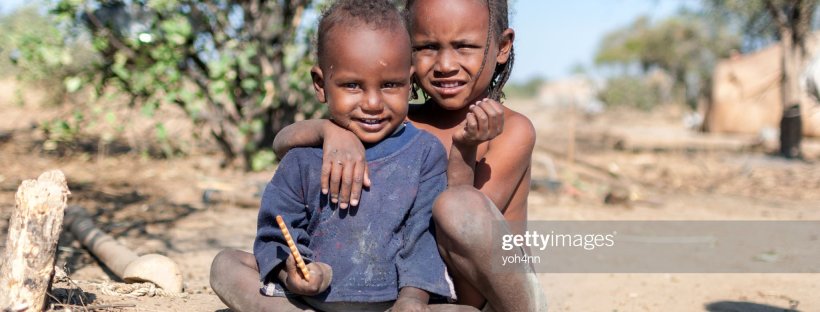
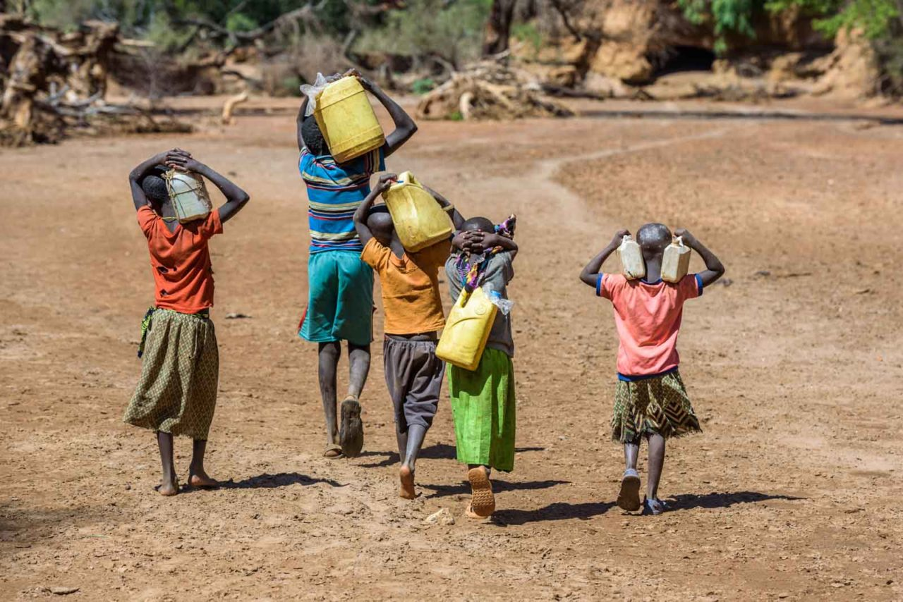
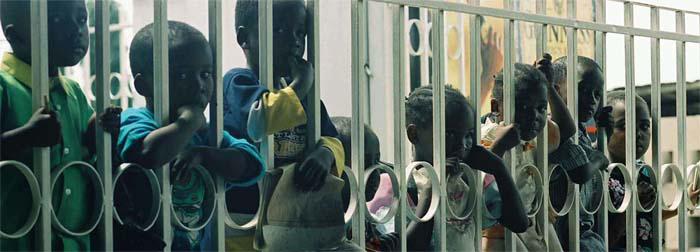
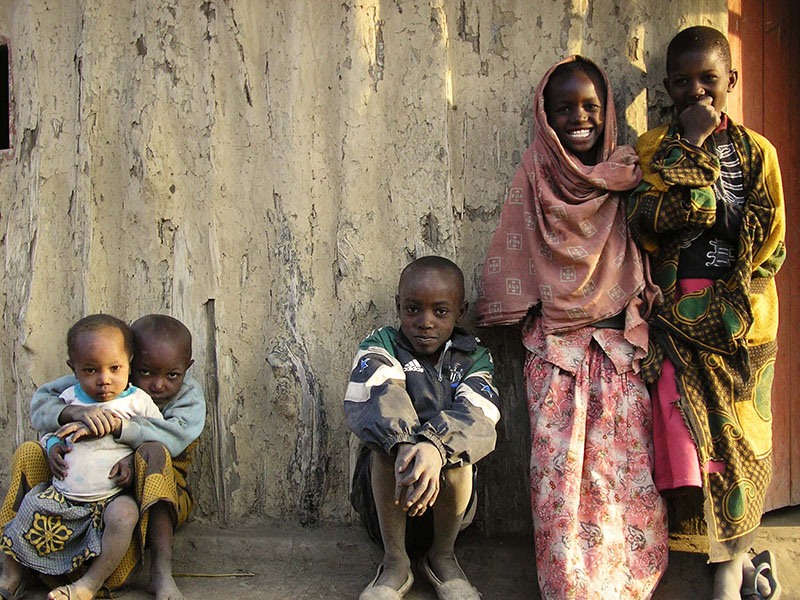
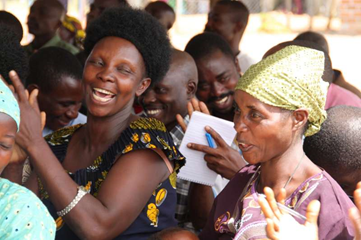
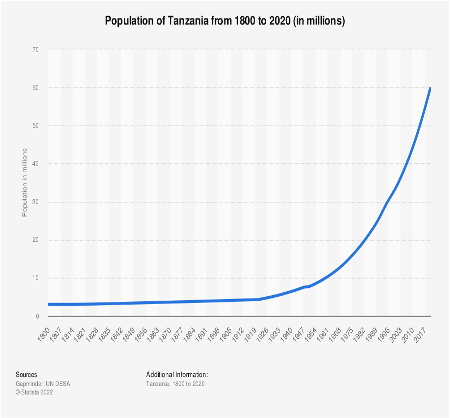
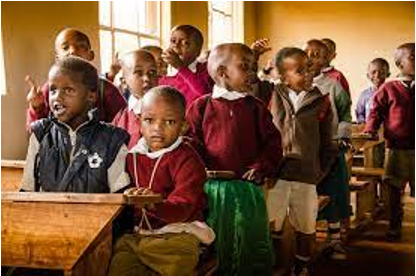





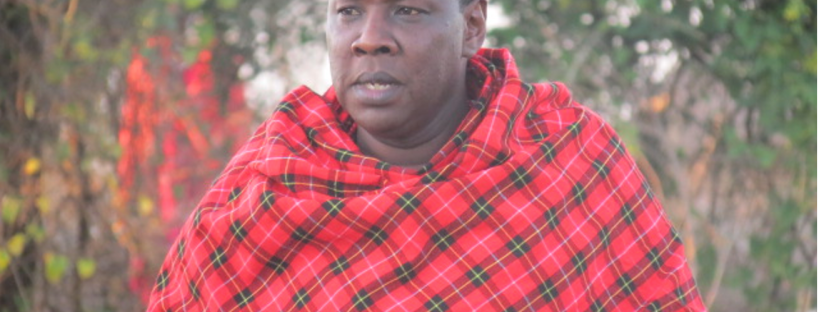
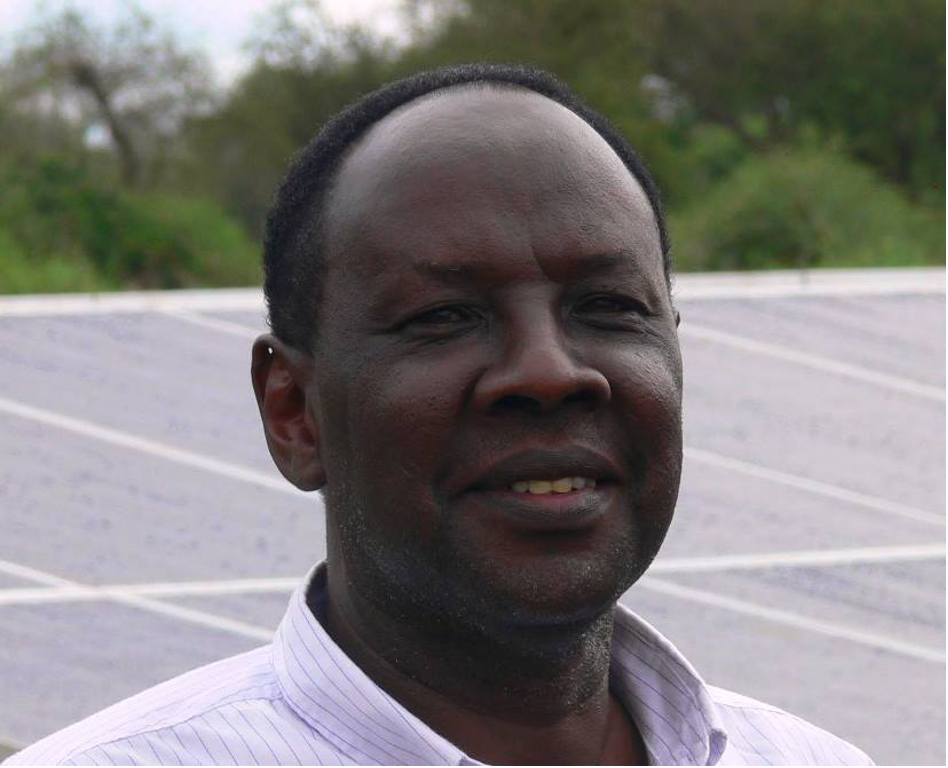
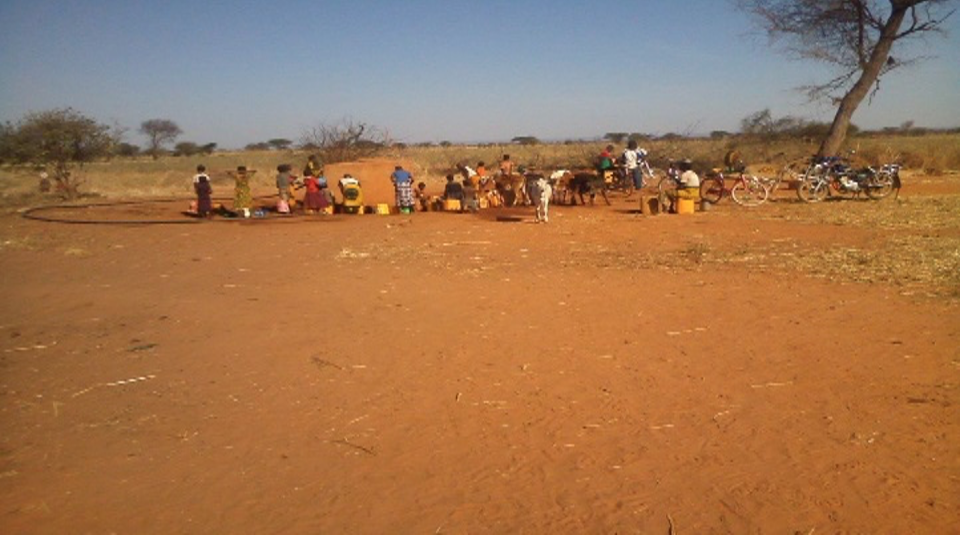
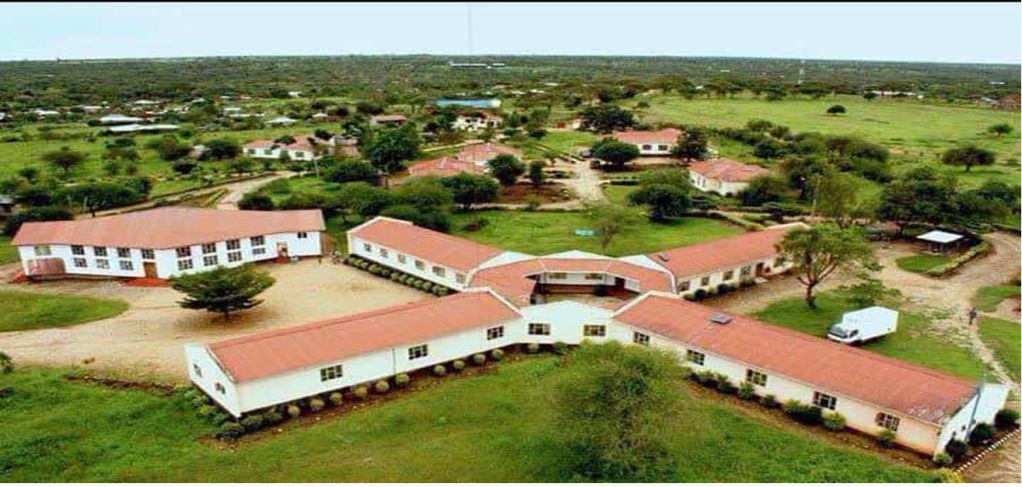
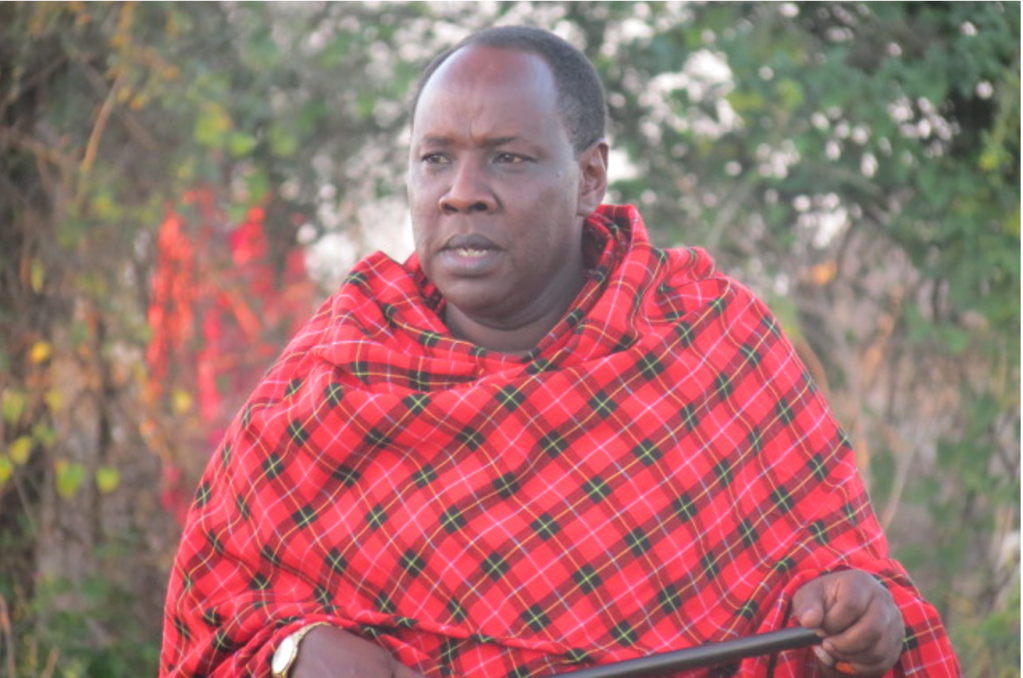





















 After hearing these quotes from extremely young girls during my first month living in Africa, I started wondering why they would idealize fair skin when theirs is just as beautiful. Billboard advertisements for clothes and jewelry here commonly feature stunning black women, and the children are constantly surrounded by hard-working, black adults who serve as consistent, positive role models. The Tanzanian flag incorporates the color black to represent the Swahili peoples’ pride in the color of their skin; yet, during my stay here, the children have displayed the (sometimes intense) desire to be white.
After hearing these quotes from extremely young girls during my first month living in Africa, I started wondering why they would idealize fair skin when theirs is just as beautiful. Billboard advertisements for clothes and jewelry here commonly feature stunning black women, and the children are constantly surrounded by hard-working, black adults who serve as consistent, positive role models. The Tanzanian flag incorporates the color black to represent the Swahili peoples’ pride in the color of their skin; yet, during my stay here, the children have displayed the (sometimes intense) desire to be white.













